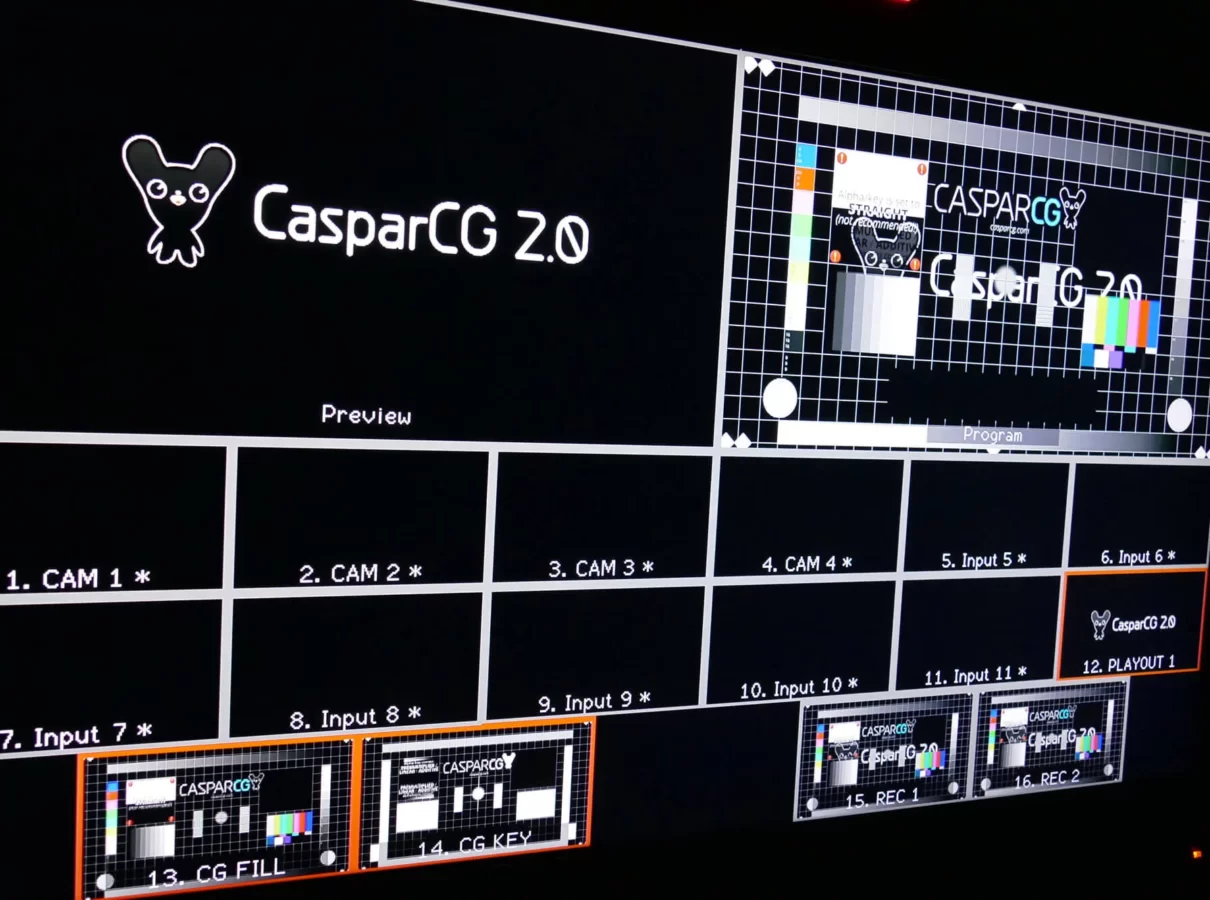As someone who has worked in the broadcasting industry for several years, I understand the importance of having a seamless and uninterrupted playout. Playout is the process of delivering content to viewers through broadcasting technologies. It involves the transmission of video and audio signals from a central source to a network of distribution points. In this article, I will discuss the significance of pixel-perfect playout in broadcasting technologies.
Introduction to Playout in Broadcasting Technologies
Playout is a critical component of broadcasting technologies. It is the process of delivering content to viewers through various distribution channels. Playout involves the conversion of video and audio signals into a format that can be transmitted to a network of distribution points. It is a complex process that requires careful planning and execution to ensure that the content is delivered seamlessly to the audience.
What is Pixel Perfect Playout?
Pixel perfect playout refers to the delivery of video content in the highest possible quality. This means that the video delivered to the end-user is identical to the source video in terms of resolution, color, and other visual characteristics. Pixel perfect playout is essential for high-quality video content delivery, especially for live events.
The Importance of Pixel Perfect Playout
Pixel perfect playout is critical for broadcasting technologies for several reasons. Firstly, it ensures that the content delivered to the viewers is of the highest quality. This is essential for live events, where any disruption or degradation in the video quality can result in a loss of audience engagement. Secondly, pixel perfect playout is necessary for maintaining brand reputation. A broadcaster with a reputation for delivering high-quality content is more likely to attract and retain viewers than one that does not. Finally, pixel perfect playout is essential for meeting regulatory requirements. Many broadcasting regulations require broadcasters to deliver content in the highest possible quality.
Streaming and Codec: How they impact Playout
The streaming and codec technologies used in broadcasting have a significant impact on playout. Streaming involves the delivery of content over the internet in real-time. It is an essential component of modern broadcasting technologies. Codecs are software programs that compress and decompress video and audio data. They are used to optimize the transmission of content over networks.
Streaming and codecs impact playout in several ways. Firstly, they influence the quality of the content delivered to the viewer. The choice of codec can affect the resolution, color, and other visual characteristics of the video delivered to the viewer. Secondly, streaming and codecs impact the stability of the playout. The use of unstable codecs or streaming technologies can result in disruptions and delays in the delivery of content.
Bandwidth and Playout
Bandwidth is another critical factor in playout. Bandwidth is the amount of data that can be transmitted over a network in a given period. It is essential for delivering high-quality content in real-time. Insufficient bandwidth can result in disruptions and buffering of the video content.
Playout in Television Channels
Playout in television channels is a complex process that involves multiple distribution channels. The content is delivered to the viewer through a network of distribution points, including satellite, cable, and terrestrial networks. Each distribution channel requires careful planning and execution to ensure that the content is delivered seamlessly to the audience.
Challenges faced in achieving Pixel Perfect Playout
Achieving pixel perfect playout is a significant challenge for broadcasters. It requires careful planning and execution at every stage of the playout process. Some of the challenges faced in achieving pixel perfect playout include the use of multiple distribution channels, the choice of streaming and codec technologies, and the availability of sufficient bandwidth.
Best Practices for achieving Pixel Perfect Playout
There are several best practices that broadcasters can follow to achieve pixel perfect playout. Firstly, broadcasters should use high-quality codecs and streaming technologies that are optimized for real-time content delivery. Secondly, they should plan for sufficient bandwidth to ensure that the content is delivered seamlessly to the viewer. Finally, broadcasters should use monitoring tools to detect and address any disruptions or degradation in the video quality.
Tools and Technologies for Pixel Perfect Playout
There are several tools and technologies that broadcasters can use to achieve pixel perfect playout. These include video encoders and decoders, monitoring tools, and network management software. Video encoders and decoders are used to compress and decompress video data. Monitoring tools are used to detect and address disruptions and degradation in the video quality. Network management software is used to optimize the transmission of content over networks.
Conclusion: The Future of Playout in Broadcasting Technologies
In conclusion, pixel perfect playout is critical for delivering high-quality content in broadcasting technologies. It ensures that the content delivered to the viewer is of the highest possible quality, maintains brand reputation, and meets regulatory requirements. The use of stable streaming and codec technologies, sufficient bandwidth, and monitoring tools can help broadcasters achieve pixel perfect playout. The future of playout in broadcasting technologies is likely to see continued advancements in streaming and codec technologies, as well as the development of new tools and technologies for achieving pixel perfect playout.
